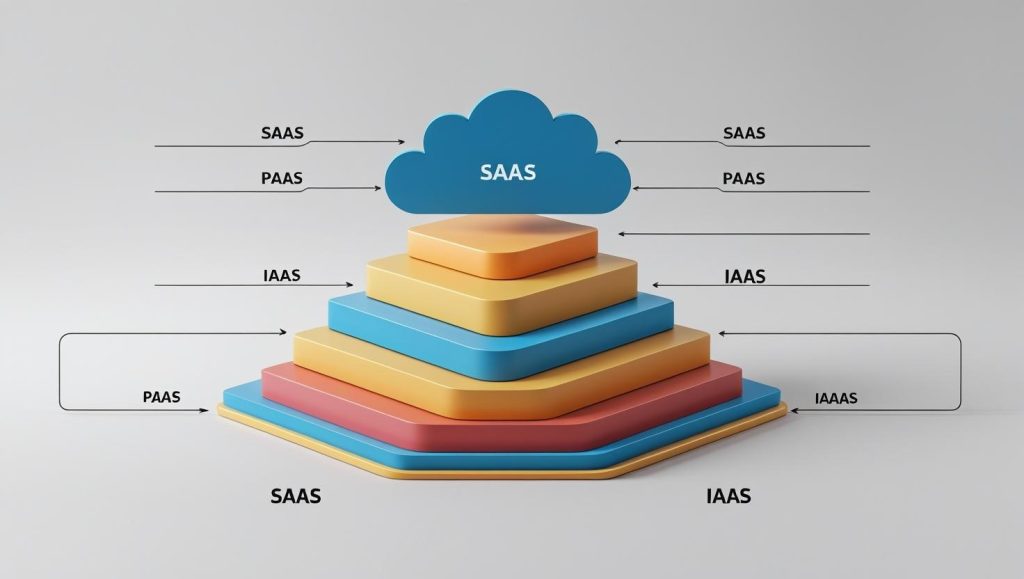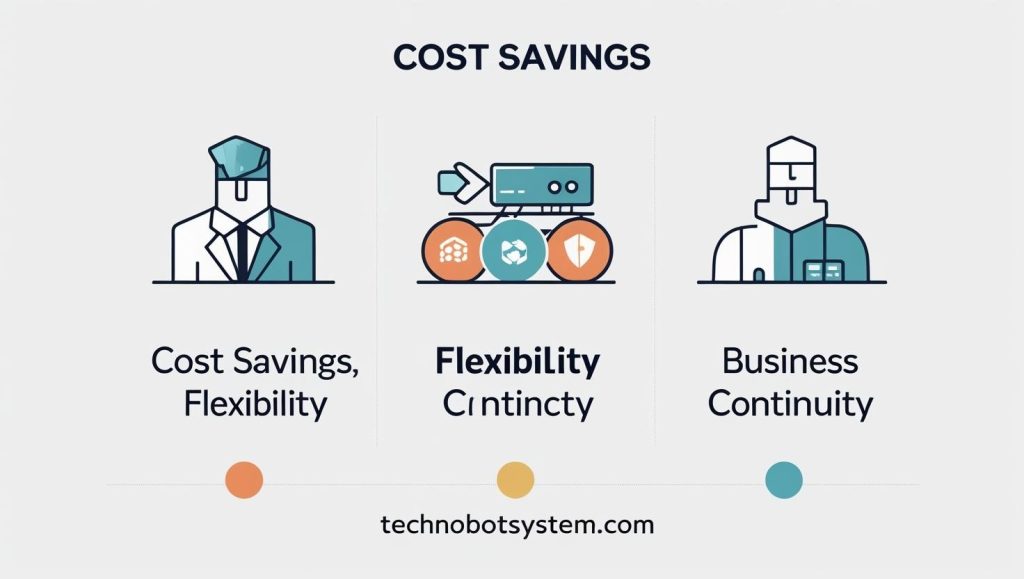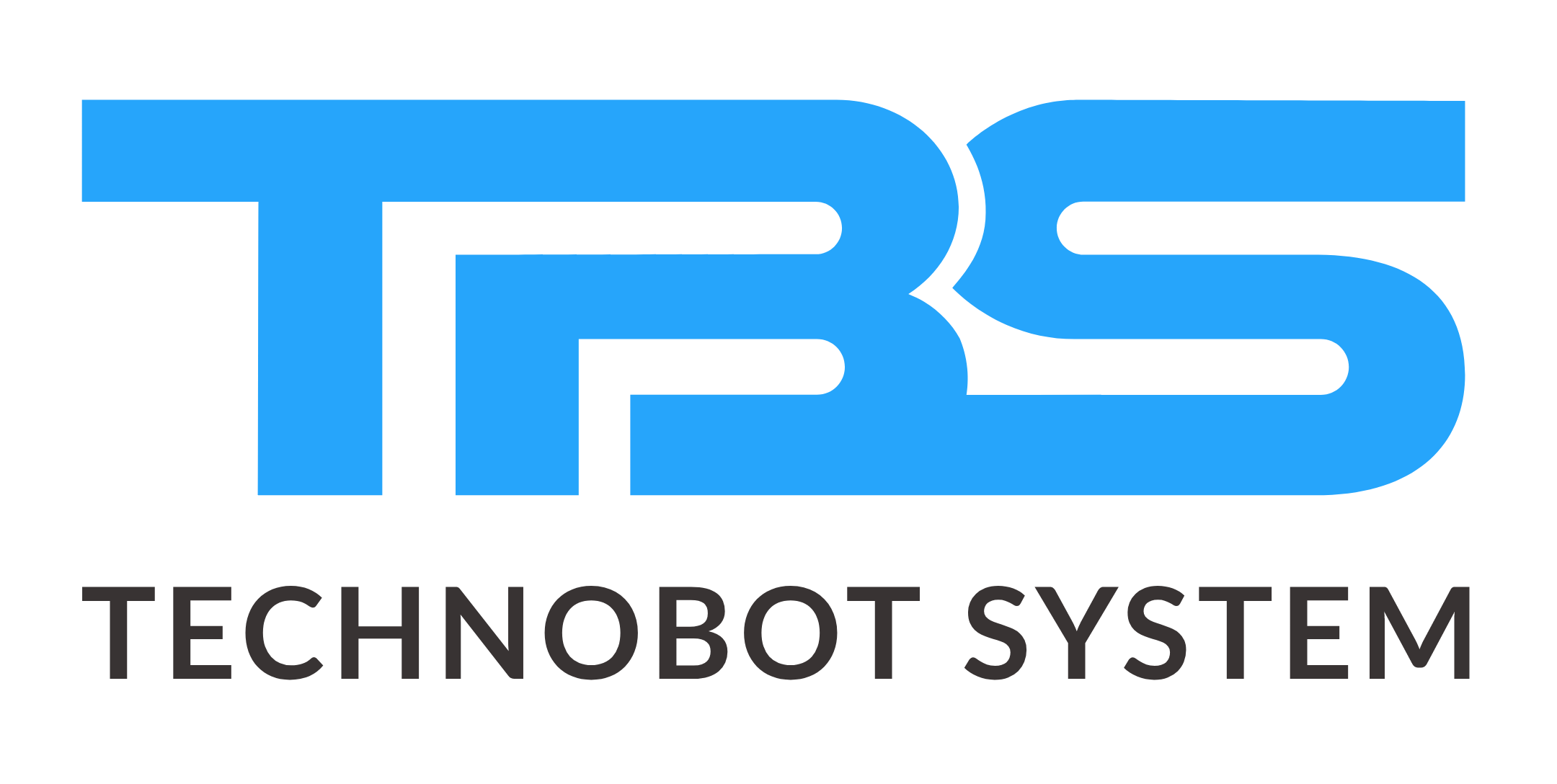Introduction: The Era of On-Demand Everything
In today’s fast-moving digital world, cloud computing has become the foundation of modern IT infrastructure. Whether you’re streaming videos, managing customer data, or deploying AI models, cloud technology powers it all. Not only does it offer flexibility and cost savings, but it also fosters innovation by enabling businesses to scale and evolve rapidly.

What is Cloud Computing?
Cloud computing refers to delivering computing services—including servers, storage, databases, networking, software, analytics, and intelligence—over the internet (“the cloud”). Rather than owning physical infrastructure, companies can access services on-demand, paying only for what they use.
Core Cloud Deployment Models
- Public Cloud – Managed by third-party providers like AWS, Microsoft Azure, and Google Cloud. Ideal for startups and businesses needing quick scalability.
- Private Cloud – Used exclusively by one organization, offering greater control and security.
- Hybrid Cloud – Combines both public and private clouds for flexibility, data security, and scalability.
🔍 Learn more about types of cloud models
Benefits of Cloud Computing for Businesses
Adopting cloud computing provides numerous competitive advantages, especially in 2025’s fast-paced market.
Cost-Efficiency
Traditional IT setups require hefty investments in hardware and maintenance. With cloud services, businesses pay for only what they use, reducing capital expenditure.
Scalability and Flexibility
Need to expand resources during a marketing campaign? The cloud scales with you—both up and down—based on your real-time needs.
Business Continuity and Disaster Recovery
Because data is stored in the cloud, businesses can quickly recover from unforeseen disasters like hardware failures or cyberattacks.
Remote Collaboration and Productivity
Post-pandemic, remote work is the norm. Cloud-based tools like Google Workspace, Microsoft 365, and Zoom ensure seamless team collaboration—anytime, anywhere.

Future Trends in Cloud Computing (2025 and Beyond)
As the cloud matures, new technologies and trends are shaping its future.
Edge Computing Integration
To reduce latency and process data faster, edge computing is being paired with cloud infrastructure. This is especially useful in IoT and real-time applications.
Serverless Architecture
Serverless computing allows developers to build and run apps without worrying about infrastructure, improving agility and reducing time-to-market.
Sustainable Cloud
Green data centers and renewable energy use are becoming a priority as environmental concerns grow.
AI and ML Integration
Cloud platforms now offer AI/ML as services, allowing even non-tech businesses to build intelligent systems.
how AI is revolutionizing cloud services: “How AI is Going to Revolutionise the Future”
Cloud Security: A Shared Responsibility
Security remains a critical concern for businesses considering cloud adoption. While providers offer top-tier protections, companies must manage user access, encryption, and compliance.
🔍 Read Google Cloud’s Security Practices
Key Security Practices:
- Use multi-factor authentication (MFA)
- Encrypt data at rest and in transit
- Monitor cloud resources continuously
- Comply with industry-specific regulations (e.g., GDPR, HIPAA)
Real-World Use Cases of Cloud Computing
Across industries, cloud computing is making a measurable impact.
| Industry | Application |
|---|---|
| Healthcare | Patient data storage, telemedicine platforms |
| Retail | Inventory management, recommendation systems |
| Finance | Real-time fraud detection, secure transaction processing |
| Education | E-learning platforms, virtual classrooms |
Choosing the Right Cloud Partner
Selecting a cloud provider is more than picking a name. Factors to consider include:
- Pricing model and transparency
- Global data center coverage
- Compliance and certifications
- SLA (Service Level Agreement) guarantees
Conclusion: The Cloud is No Longer Optional—It’s Inevitable
To stay competitive, agile, and future-ready, cloud computing must be at the core of every digital strategy. From startups to global enterprises, the cloud empowers businesses to innovate without limits. As we progress through 2025, its relevance only grows stronger.

